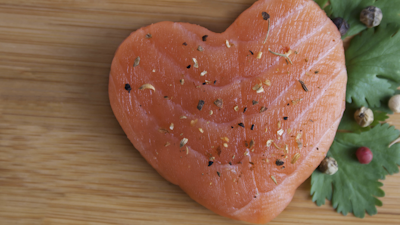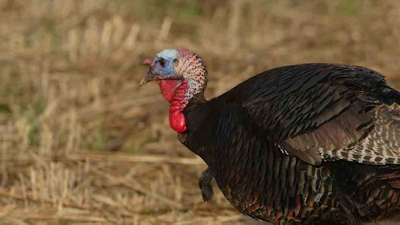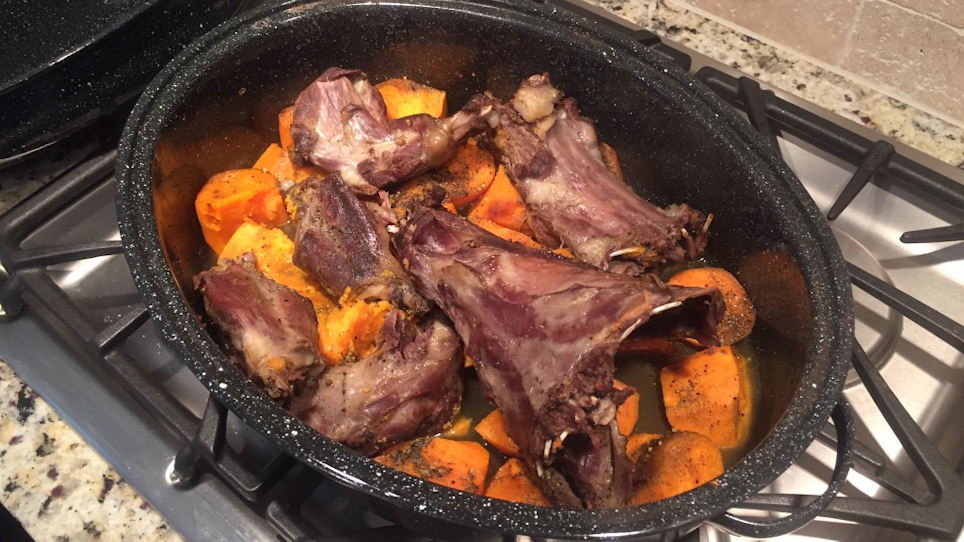How to Cook Raccoon: A Forgotten Delicacy
As a young boy, I would sit in motionless suspense as my grandpa Varney replayed the memories of his youth through storytelling. My mind could see the cascading streams and rugged mountains that he painted of his Appalachian home in West Virginia. He could make you feel the emotions of the moment, too. Like the anxiousness of sitting still in bed while a rat snake slithered through the drafty rafters of his old house. Or the disgust of finding an opossum crawling around inside a dead horse. I can still hear him snicker, “I never ate another opossum after that.”
Thinking back to those stories from so many years ago, I laugh at what is considered normal table fare today. For my grandfather and his rural neighbors during the Great Depression, it took a first-person disturbing event to remove opossum from the menu. I clearly remember my grandpa recounting eating chipmunks and raccoons, too. He’d always preface raccoon with, “It’s greasy, but good.” They literally lived off the land around them and nothing went to waste.
People are so used to consuming processed food these days that few actually know what they’re eating; let alone where it came from. Good luck properly pronouncing the list of preservatives listed on the ingredient’s label. Our modern culture has strayed far from what was once considered traditional delicacy.
There is however a movement focused on eating local and fresh. Those behind this movement care about their food. They want to know what farm it came from and was it raised in a cage or not. I applaud them for caring and trying to eat as natural as possible. Often these folks weren’t raised in a hunting environment but are open to hunting, especially because it’s a doorway into the purest proteins known to man: wild game.
Wild game cooking needs no introduction. There are more delicious recipes for wild game than one could eat in a lifetime. What man doesn’t salivate at a red-centered, seared elk steak or brag about their venison summer sausage? No, these quality and mainstream cuts of meat need no cheerleaders. However, it’s the protein often found punted alongside stripe-painted pavement that needs a PR makeover. While perfectly common and a cause for thanksgiving in my grandfather’s time, the raccoon is no longer given a spot at the table.
I’m not preaching from an ivory tower, friends; I’m yelling it from a guilty-man’s podium — “I, too, have left the raccoon off the menu.” While I’ve shot and trapped many raccoons for pelt or wildlife management objectives, I’ve never butchered one for the table. While some of you regularly partake in the consumption of raccoon, I’ve never tried it.
Raccoon: “It’s Greasy, But Good.”
This fall, I’ve been busy trapping raccoons off of a wildlife feeder near my house. I trapped six raccoons and one opossum off of the same feeder over a two-month period. While working free the pelt of a young female raccoon, I could hear my grandpa’s voice saying, “It’s greasy, but good.” For years it has tempted me, and I finally gave in. It was time to eat like my ancestors. I carefully butchered the carcass and examined the liver and internals. The young ‘coon had plenty of fat on it and appeared healthy. After washing the meat off and patting it dry, I quickly wrapped it in freezer paper and froze it.
Preparation
I wanted to keep things simple, but traditional enough to taste the flavors of the meat, which I’ve heard described tasting like dark chicken meat.
I trimmed the fat from the carcass and removed the scent glands from each arm and leg.
Then, I opted for a recipe where the raccoon meat is parboiled or pressure cooked to make the it tender.
Next, peel and chop enough sweet potatoes to line the bottom of an oven roasting pan.
Once the potatoes line the pan, lay the quartered meat over the sweet potatoes and season to your liking. Cover and bake for an hour at 350 degrees.
The house smelled delicious while the raccoon baked. Some of the meat cooked up a little tougher than I anticipated but, when it was time to eat, I was pleasantly surprised by the flavor. There was nothing foul or repulsive about it. In fact, it was a fairly tame flavor. The sweet potatoes added a nice sweetness to everything, too. Like my grandpa warned, it was greasy, which didn’t cause it to taste bad, but you’ll need a few paper towels to wipe your hands.
All in all, raccoon is totally edible, and I would not hesitate to eat it again. However, it’s the quality of the meat that would keep me from cooking it more often. Like squirrel, it’s a tough meat that is best prepared when tenderized. I think raccoon would be excellent in a gumbo or similar dish, but for this taste test I wanted to experience the natural flavors of the meat. I won’t be swapping venison tenderloin for raccoon anytime soon, but it’s an abundant natural food with good flavor that is taboo enough to make it fun to eat.
You may also like
-
Another Democrat Gun Grabber Calls for Political Violence, This Time with ‘Actual Weapons
-
Dark Web of Taxpayer’s Money Funds Anti-Gun Organization
-
Selected Bill Peroutke for their 2025 Life Membership Award.
-
THANK YOU DEAN FOR ALL YOU DO FOR MANITOWOC COUNTY FISH & GAME
-
Those tragically taken far too soon were brave service members and the dedicated outfitters and hunters from Kansas.





